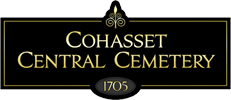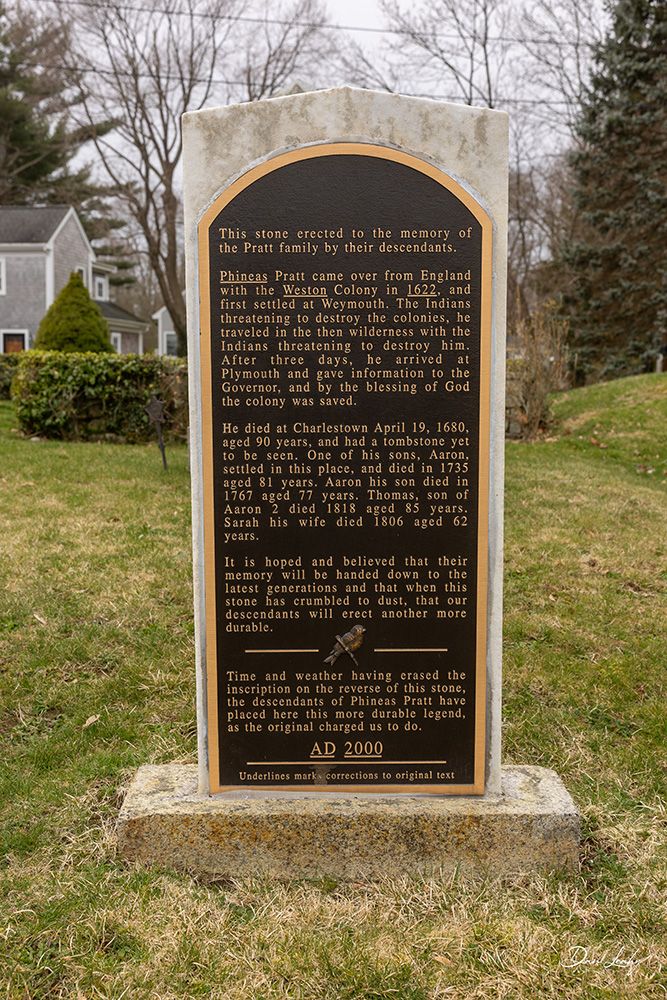
The History of Cohasset Central Cemetery
Overlooking Little Harbor as its terrain slopes to water’s edge, Cohasset Central Cemetery is a place of great beauty and peace. Active for almost three centuries and containing about 500 gravestones in its 4.5 acres, markers of slate, marble, and granite are witness to the passage of time and to changing fortune, belief, custom and style.
The oldest part of the cemetery is located in a small area known as “Old Slates.” It contains the graves of some of Cohasset’s earliest settlers and families. They were farmers and fishermen, ship builders and seafarers – Towers, Pratts, Lincolns, Bates, Beals, Hobarts and many others.
The original colonial “Burying Grounds” had been part of the town’s common land. In 1825 Samuel Bates deeded land to the south and in 1867 Edward Tower deeded land to the north.
Today, Central Cemetery still serves its community.
Alongside the “Old Slates” of the earlier times, and later 19th c. marble and granite monuments of urns, obelisks, scrolls and statuary, there are three columbaria: the Prescott T. Cumner Columbarium built in 1982, the Edward E. Tower Columbarium added in 1988, and the Daniel C. Cotton Columbarium built in 2007.

Old slates
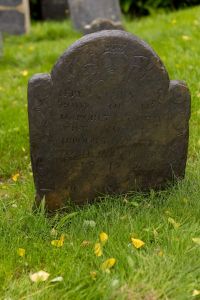
1. Margaret Tower

2. Sarah Pratt

3. Urian Oakes

4. Rev. John Browne
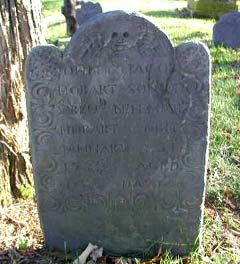
5. Hobart Family
Carver: Jacob Vinal Jr.

6. Stetson Family
Great awakening
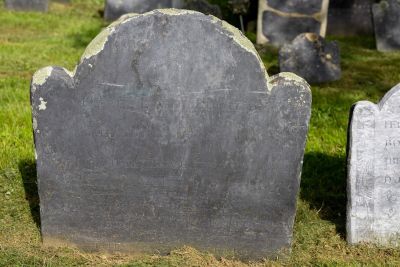
7. Daniel Tower
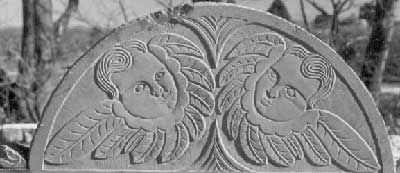
8. Thomas Stevenson
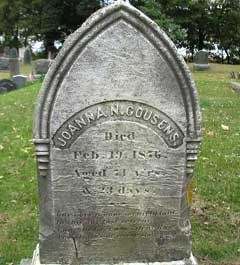
9. Cousens Family
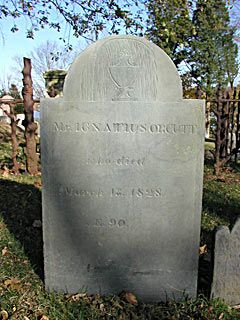
10. Ignatius Orcutt

11. Osgood Family Plot
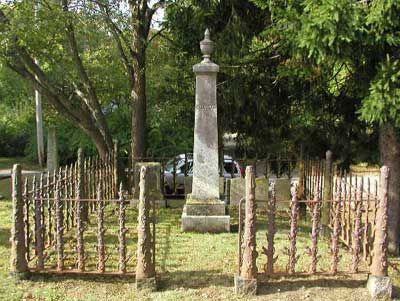
12. Lothrop Family Plot
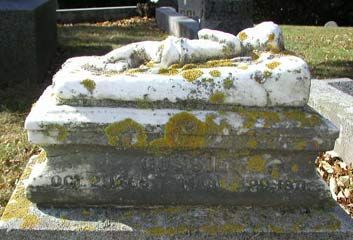
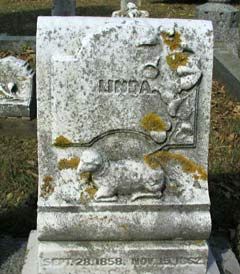
13. Lulu, Jennie, Linda Tower
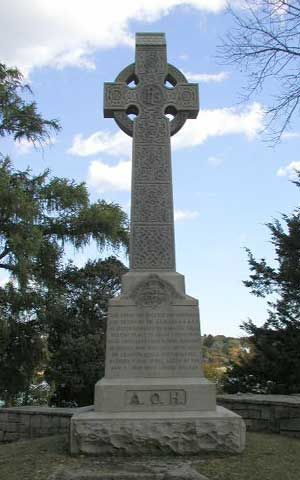
14. Celtic Cross

15. Samuel L. Jenkins

16. William Hanlon
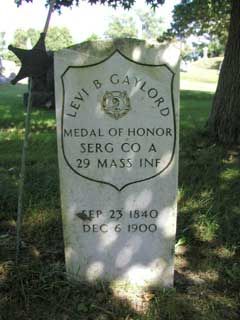
17. Gaylord Family Plot
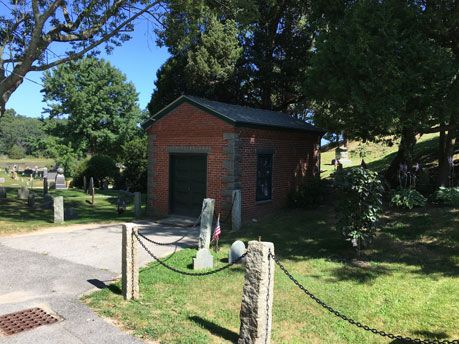
18. Caretakers Building
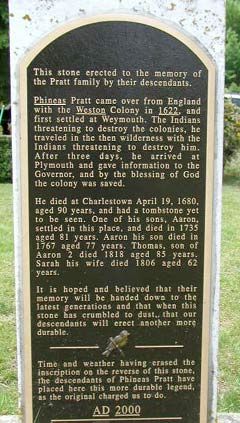
19. Pratt Family Monument
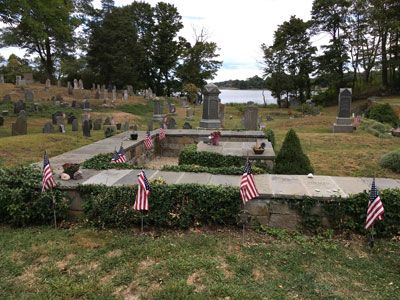
20. Prescott T. Cumner Columbarium
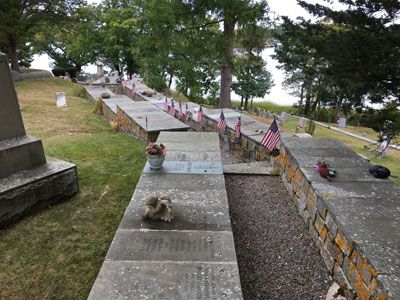
21. Edward E. Tower Columbarium

